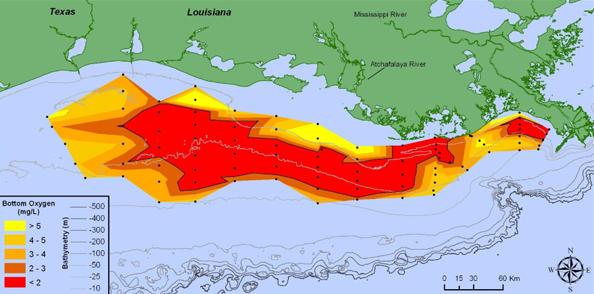
ShutterstockNot all of the pesticide stays where it is sprayed.
Pesticides sprayed over farms in California’s Central Valley appear to be blowing up into the Sierra Nevada mountain range, where they’ve been found in the flesh of frogs in national parks.
Such farm chemicals are thought to be contributing to the ongoing decline of frogs and other amphibians in the Sierra. Mountain hikers used to need to take care to not step on frogs, but now the animals are difficult to find. Sierra amphibians help control insect numbers and provide food for birds and other wildlife, but their numbers are plummeting as they succumb to disease, habitat loss, and other environmental problems.
Researchers collected Pacific chorus frogs from Yosemite National Park, Lassen Volcanic National Park, Giant Sequoia National Monument, Stanislaus National Forest, and Lake Tahoe in 2009 and 2010. They reported in the journal Environmental Toxicology and Chemistry that chemical cocktails of fungicides, herbicides, and insecticides were found accumulating in frogs from each of the sites. None of the pesticides found by the scientists were sprayed close to where the frogs were captured, but all of the pesticides were used in the Central Valley.
“This is the first time we’ve detected many of these compounds, including fungicides, in the Sierra Nevada,” lead researcher Kelly Smalling said. “The data generated by this study support past research on the potential of pesticides to be transported by wind or rain from the Central Valley to the Sierras.”
From the paper:
The hypothesis that pesticides are one of many stressors responsible for amphibian population declines continues to present a challenge because of the large number of pesticides in use, the continual changes in pesticides used, and the difficulty in determining routes of exposures in the wild. …
Their close association with wetlands makes amphibians potentially more sensitive to pesticides because they are exposed to seasonal changes in pesticide use. Even if concentrations are not high enough to be lethal, sublethal effects such as decreased resistance to disease may affect amphibian populations.



